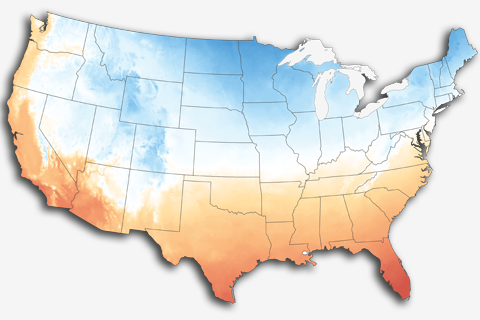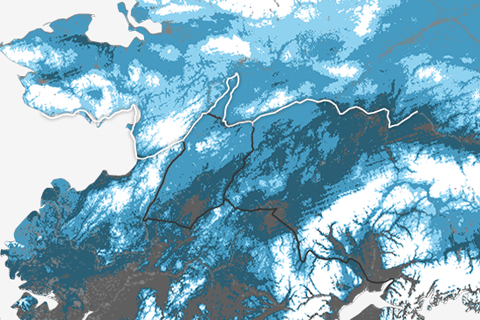
Global warming is one symptom of the much larger problem of human-caused climate change.

Global warming is one symptom of the much larger problem of human-caused climate change.

After an intense start to 2015, the waters of the South Pacific are finally cooling off, bringing relief to corals. But NOAA scientists expect stressful conditions to spread into the northeast Pacific and the Caribbean this summer.

At the end of April 2015, almost 60 percent of Oklahoma was experiencing moderate to exceptional drought, and 30 percent of Texas was experiencing drought conditions. But according to the May drought outlook, conditions are likely to improve in the southern Plains this month.

How much warmer or colder than average would sea surface temperatures be in the eastern tropical Pacific Ocean in April 2015? That's the question we asked participants to answer in our new online game, in which players pit their predictive powers against experts’ opinions. The answer is in...

While many of us were wrapped up in March Madness this spring, Alaska residents and people across the globe participated in a different kind of competition.

The International Academy of the Digital Arts & Sciences has chosen the U.S. Climate Resilience Toolkit as one of five nominees for the annual Webby Awards for online excellence in the "Green" category.

The United States has plenty of warming wiggle room before it gets too warm to snow, and a wetter atmosphere may boost snow totals for some storms.

A map of snow depth across Alaska on March 9 shows the reason for the re-route of the historic sled dog race.

After a surprisingly rough summer for coral reefs in 2014, NOAA scientists are warning that warm ocean temperatures in the tropical Pacific and Indian Oceans could set the stage for a global outbreak of coral bleaching—the loss of corals’ food-producing algae—in 2015.

Thanks to back-to-back storms over the last month, most of the Midwest and North-Atlantic regions are covered by snow. But when was the last time there was snow on the ground in all fifty states—even our most tropical destinations, Florida and Hawaii?